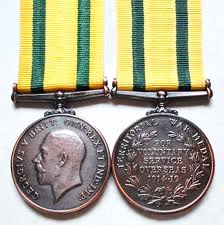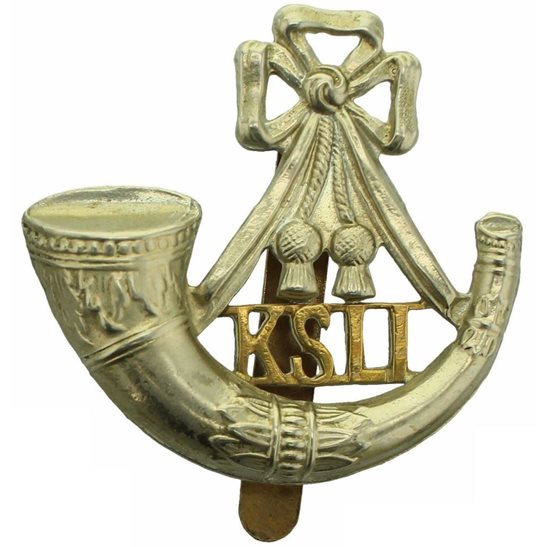Personal Details
Born: 22 November 1875 in Wrexham, Denbighshire, Wales and baptised on 13 August 1876 at Ightfield Parish Church, Shropshire.
Family: He was the son of John and Mary Jane Dickin. He married Mary Emma Rogers on 17 September 1900 in Baschurch parish church, Shropshire and together they had six children – Mary, John, Muriel, Rowland, Lilian and Violet.
Residence: At the time of his birth his family were living in Ightfield, Whitchurch, Shropshire. In 1881 he was living with his aunt and uncle in High Street, Wem. At the time of his marriage in 1900 he was living at Brownhill, Ruyton, Shropshire and in 1901, having just married, he was living with his parents in law in Baschurch, Ellesmere, Shropshire. In 1911 he was living with his wife and children at Tynewydd Villa, Abbey Street, Rhyl, Flintshire, Wales and from 1939 until his death at 50 Abbey Street, Rhyl, Flintshire.
Employment: Butcher
Died: 13 January 1963 at Lluesty Hospital, Holywell, Flintshire, aged 87.
Military Details
Regiment: King’s Shropshire Light Infantry (previously Shropshire Yeomanry)
Rank: Private
Service Number: 230127 (previously 1653)
Date of Enlistment: Unknown
Date of Discharge: Unknown
Reason for Discharge: Unknown
Merry was awarded the Campaign Medals (British War Medal, and Victory Medal) and the Territorial Force War Medal.

The British War Medal (also known as 'Squeak') was a silver or bronze medal awarded to officers and men of the British and Imperial Forces who either entered a theatre of war or entered service overseas between 5th August 1914 and 11th November 1918 inclusive. This was later extended to services in Russia, Siberia and some other areas in 1919 and 1920. Approximately 6.5 million British War Medals were issued. Approximately 6.4 million of these were the silver versions of this medal. Around 110,000 of a bronze version were issued mainly to Chinese, Maltese and Indian Labour Corps. The front (obv or obverse) of the medal depicts the head of George V. The recipient's service number, rank, name and unit was impressed on the rim.
The Allied Victory Medal (also known as 'Wilfred') was issued by each of the allies. It was decided that each of the allies should each issue their own bronze victory medal with a similar design, similar equivalent wording and identical ribbon. The British medal was designed by W. McMillan. The front depicts a winged classical figure representing victory. Approximately 5.7 million victory medals were issued. Interestingly, eligibility for this medal was more restrictive and not everyone who received the British War Medal ('Squeak') also received the Victory Medal ('Wilfred'). However, in general, all recipients of 'Wilfred' also received 'Squeak' and all recipients of The 1914 Star or The 1914/1915 Star (also known as 'Pip') also received both 'Squeak' and 'Wilfred'. The recipient's service number, rank, name and unit was impressed on the rim.

The Territorial Force War Medal was a campaign medal awarded to members of the British Territorial Force and Territorial Force Nursing Services who served overseas in World War I; it is the rarest of the five British Great War medals.
The medal was established in April 1920 for award to members of the Territorial Force and Territorial Force Nursing Services who volunteered for service overseas on or before 30 September 1914, and served overseas. They had to have been serving with the force on 4 August 1914 or have completed four years service with the force before 4 August 1914 and rejoined the force on or before 30 September 1914.

